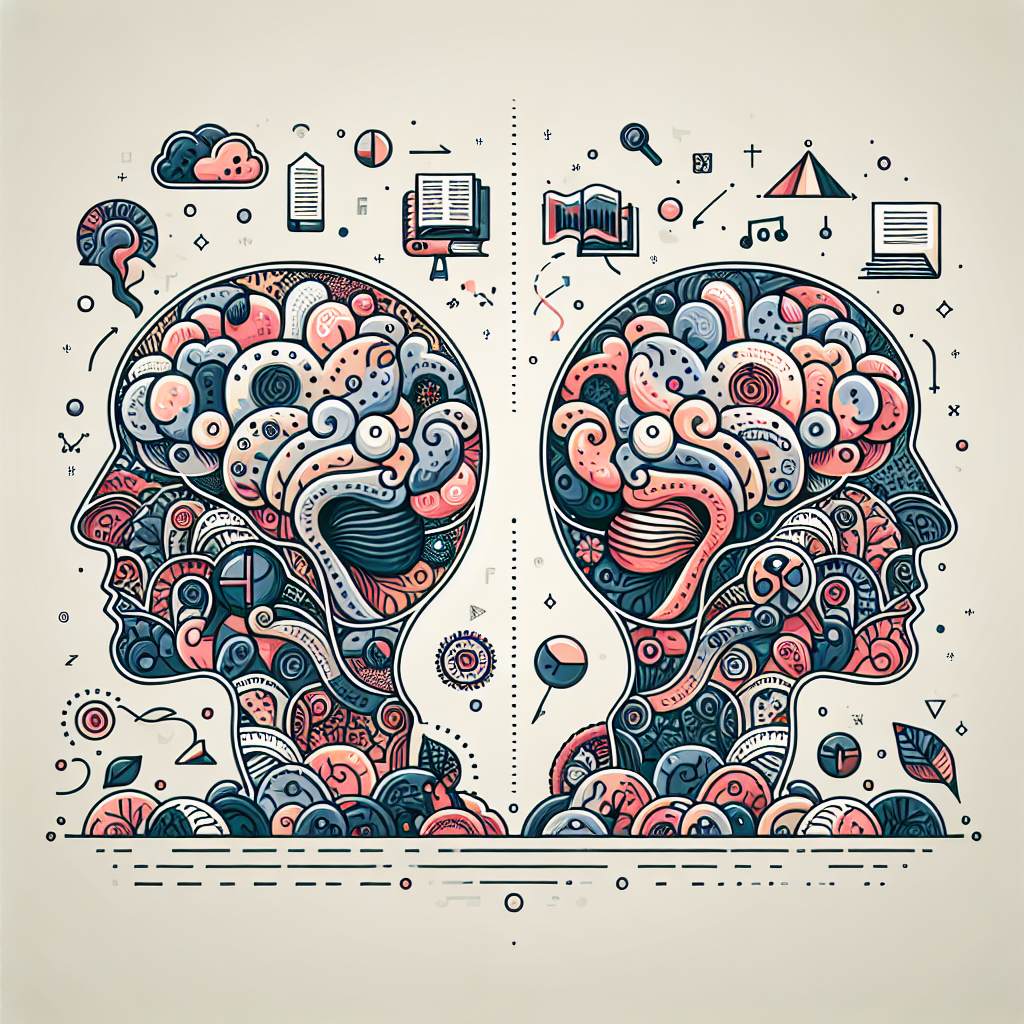In today’s fast-paced world, mental clarity has become a rare commodity. As distractions abound—be it from technology, work pressures, or life responsibilities—cultivating a clear mind is more important than ever. Mindfulness practices offer a path to greater mental clarity, allowing us to focus, reflect, and engage with our thoughts without judgment.
What is Mindfulness?
Mindfulness is the practice of focusing on the present moment while quietly acknowledging and accepting one’s feelings, thoughts, and bodily sensations. It encourages a deeper awareness and an attitude of curiosity towards life’s experiences. By incorporating mindfulness into our daily routines, we can significantly enhance our mental focus and clarity.
Benefits of Mindfulness for Mental Clarity
- Improved Focus: Regular mindfulness practice helps train the brain to concentrate better, reducing the tendency for distractions.
- Reduced Stress: Mindfulness reduces stress levels, which in turn can lead to clearer thinking and better decision-making.
- Enhanced Creativity: A clear mind allows new ideas to flow and encourages innovative thinking.
- Better Emotional Regulation: Mindfulness improves our ability to manage and respond to emotions, creating mental space for clarity.
- Increased Self-Awareness: Knowing oneself better through mindfulness leaves us with a clearer understanding of our thoughts and actions.
Effective Mindfulness Practices for Mental Clarity
1. Mindful Breathing
Mindful breathing is a foundational practice that involves focusing entirely on the act of breathing. Here’s how you can do it:
- Find a quiet space and sit comfortably.
- Close your eyes and take a deep breath in through your nose.
- Exhale slowly through your mouth, paying attention to the sensation of the breath.
- Continue to breathe deeply for a few minutes, focusing solely on your breath. When your mind wanders, gently bring it back to the breath.
2. Body Scan Meditation
The body scan is a technique that involves mentally scanning your body for areas of tension. It can enhance your awareness and promote relaxation:
- Lie down comfortably and close your eyes.
- Start by focusing on your toes, noticing any sensations or tension.
- Gradually move your focus up your body, through your feet, legs, abdomen, chest, and head.
- As you focus on each area, consciously relax any tension you notice.
3. Mindfulness in Everyday Activities
Incorporating mindfulness into routine tasks can significantly boost your mental clarity. Here are a few activities to practice mindfully:
- Eating: Savor each bite, appreciating flavors and textures.
- Walking: Pay attention to your steps, the ground beneath you, and your surroundings.
- Washing Dishes: Focus on the feel of the water, the smell of the soap, and the sight of the bubbles.
4. Journaling
Journaling is a fantastic way to clear your mind and gain clarity. It helps organize thoughts and feelings, facilitating a deeper understanding of oneself. Here’s how to get started:
- Set aside 10–15 minutes each day for journaling.
- Write freely without worrying about grammar or structure.
- Reflect on your day, your thoughts, and your emotions.
- Revisit your entries periodically to identify patterns and insights.
5. Guided Meditations
If you’re new to mindfulness, guided meditations can be incredibly helpful. Apps like Headspace and Calm offer various meditations focusing on enhancing mental clarity. Choose sessions that resonate with your specific needs, such as stress reduction or focus enhancement.
Tips for Incorporating Mindfulness into Your Daily Life
- Start Small: Begin with just a few minutes each day and gradually increase your practice as you feel more comfortable.
- Be Consistent: Set a regular time for your mindfulness practices, making it a part of your routine.
- Limit Distractions: Find a quiet place free from interruptions where you can fully engage in your practice.
- Practice Non-judgment: Approach your thoughts and feelings with curiosity and acceptance rather than criticism.
Conclusion
Incorporating mindfulness practices into your life can lead to enhanced mental clarity and overall well-being. By dedicating just a few minutes each day to mindfulness, you allow yourself the opportunity to engage with the present moment, reducing stress and distractions. Start small, be kind to yourself, and enjoy the journey towards a clearer mind and a more fulfilling life.
FAQs
1. How long should I practice mindfulness each day?
Start with 5-10 minutes daily and gradually increase to 20-30 minutes as you get more comfortable with the practice.
2. Do I need to sit cross-legged to practice mindfulness?
No, you can practice mindfulness in any comfortable position. The goal is to find a posture that allows you to focus without discomfort.
3. Can mindfulness help with anxiety?
Yes! Mindfulness can help reduce anxiety by promoting a greater sense of self-awareness and helping you manage your thoughts and emotions more effectively.
4. Is mindfulness the same as meditation?
Mindfulness is a form of meditation, but it can also be integrated into everyday activities, making it more flexible than traditional meditation practices.





